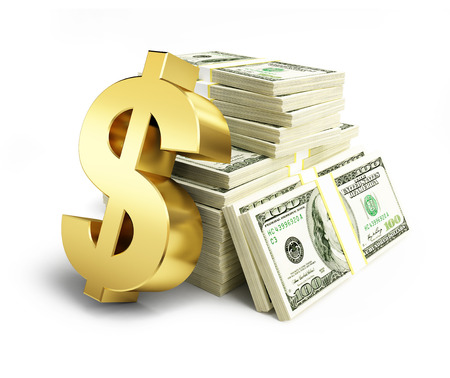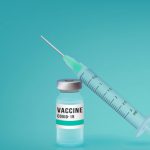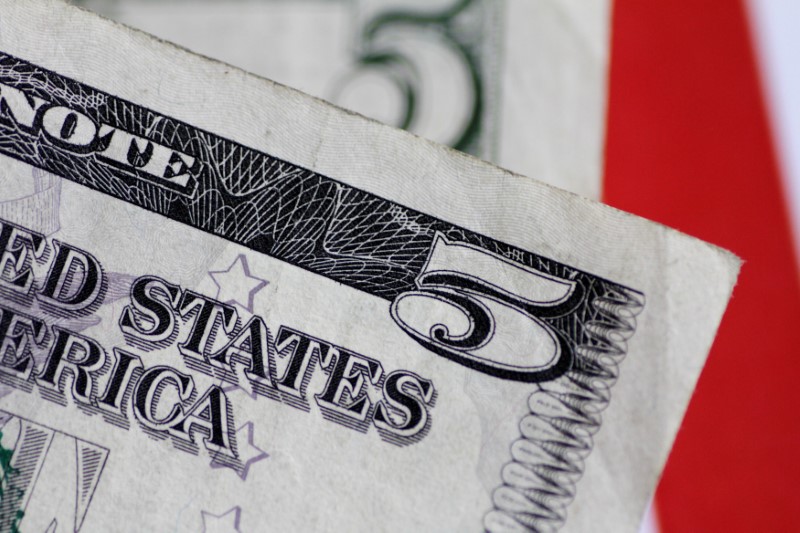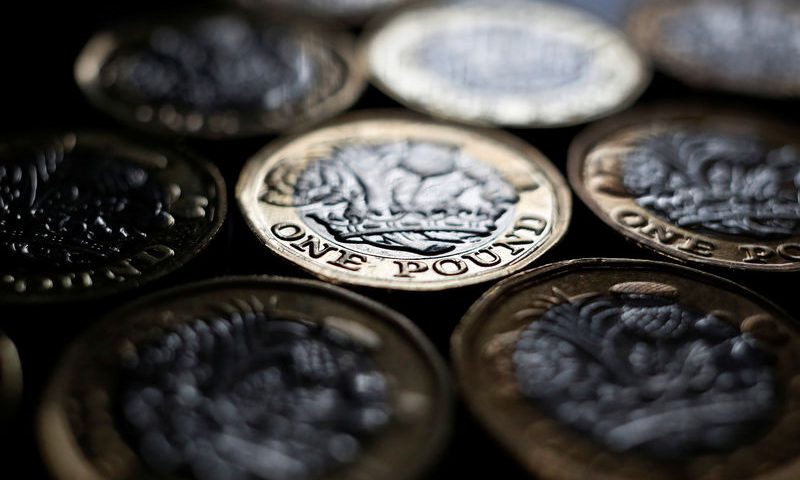Dollar Edges Higher; U.S. Inflation Data Looms Large

By Administrator_ India
The dollar edged higher in early European trade Thursday, amid cautious trading with traders looking towards key U.S. inflation data and an ECB meeting for clues of future direction.
EUR/USD traded 0.1% lower at 1.2167, falling back from the one-week high of 1.2218 seen during the previous session, USD/JPY dropped 0.1% at 109.55, GBP/USD fell 0.1% to 1.4112, while AUD/USD was up 0.1% at 0.7737.
Activity within the foreign exchange market has been limited all week, leaving major currencies mostly range-bound, with traders cautiously awaiting the release of the U.S. Labor Department’s consumer prices data for May.
Last month’s report showed consumer prices increased by the most in nearly 12 years in April, and that called into question the Federal Reserve’s guidance that current inflation pressures would be transitory and thus monetary stimulus should stay in place for some time yet.
Another strong report would increase the pressure on the central bank to act even further, potentially driving up U.S. Treasury yields to the benefit of the dollar.
Economists are looking for CPI to have advanced 0.4% on the month in May, an annual climb of 4.7% for the headline figure. The core figure, which excludes price rises from the volatile food and energy sectors, is seen up 0.4% on the month, 3.4% on the year.
The other major event Thursday is the latest policy decision by the European Central Bank, with investors carefully watching for any clues of an imminent slowdown to its bond-buying program.
Elsewhere, USD/CAD rose 0.1% to 1.2115, after the Bank of Canada decided Wednesday to leave its key interest rate at historic lows while maintaining its current pace of bond purchases.
This move throws the focus forward to next month’s meeting, amid growing expectations for another reduction in emergency stimulus.
The central bank was among the first from advanced economies to shift to a less expansionary policy in April when it accelerated the timetable for a possible interest-rate increase and pared back its bond purchases.






